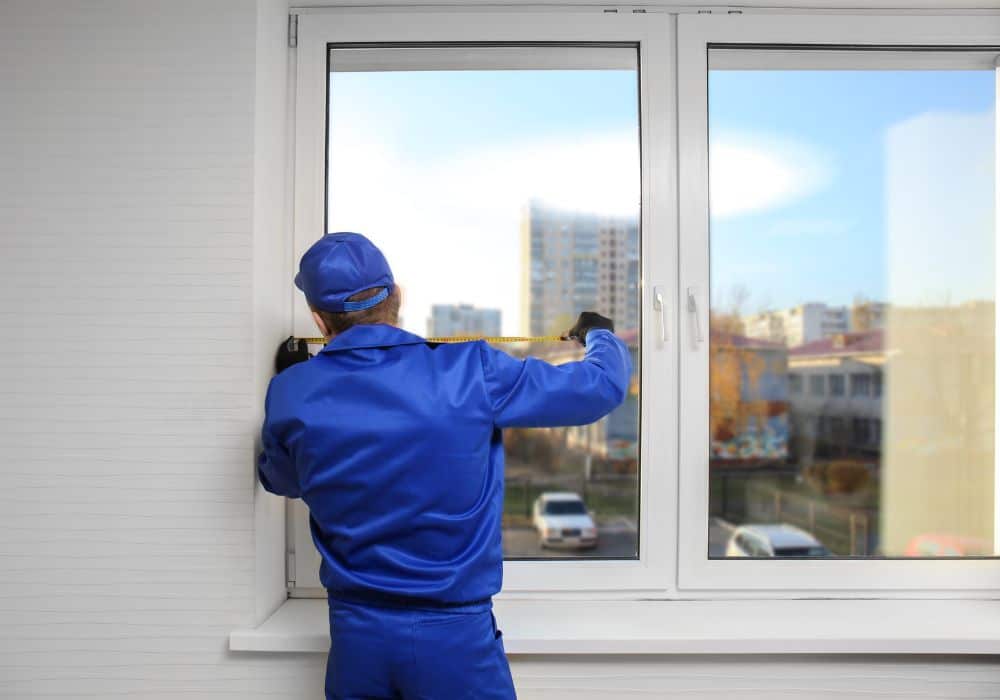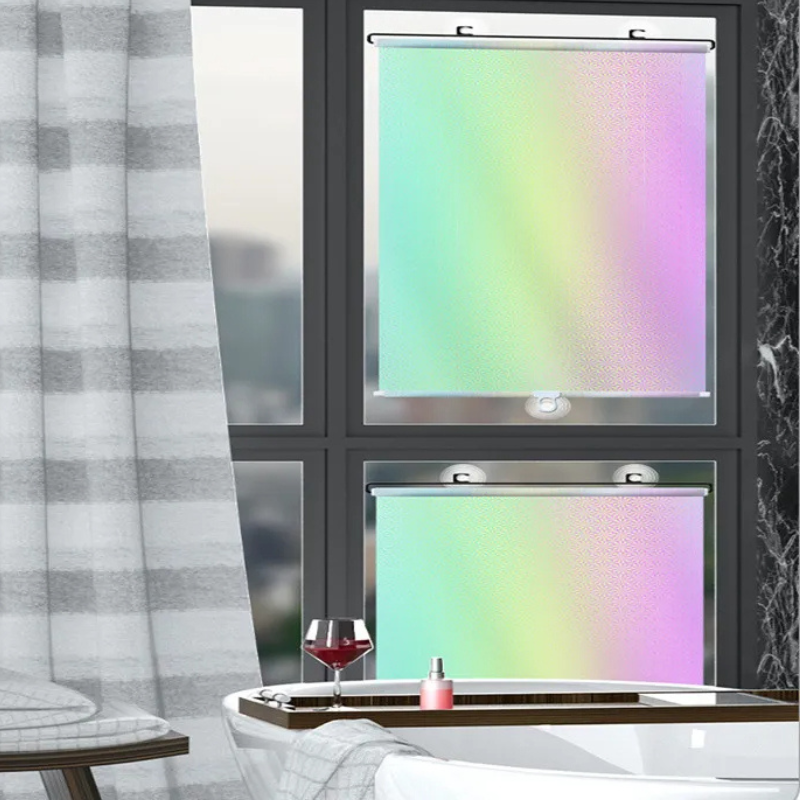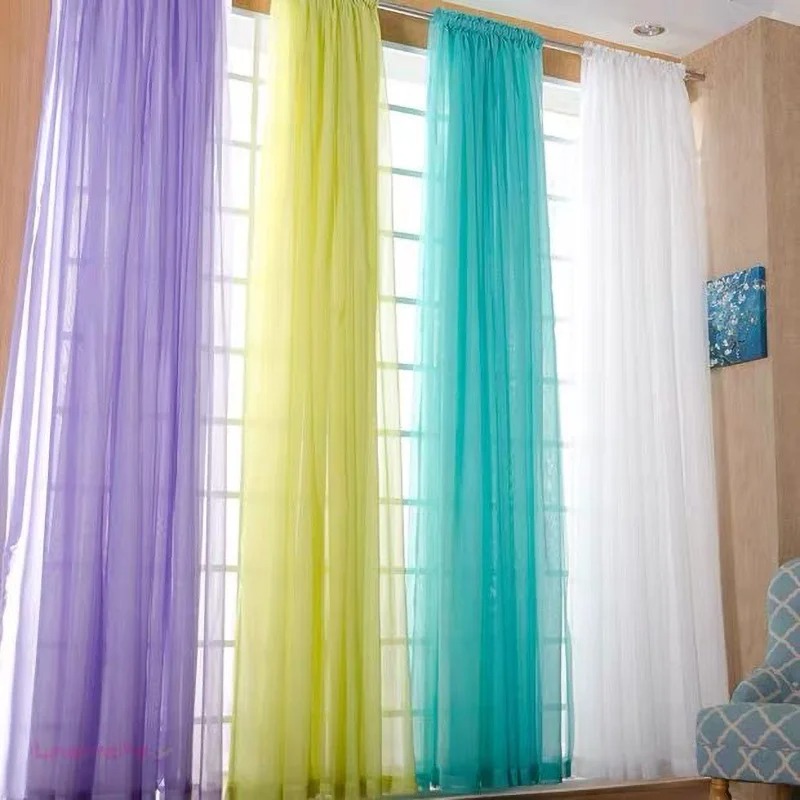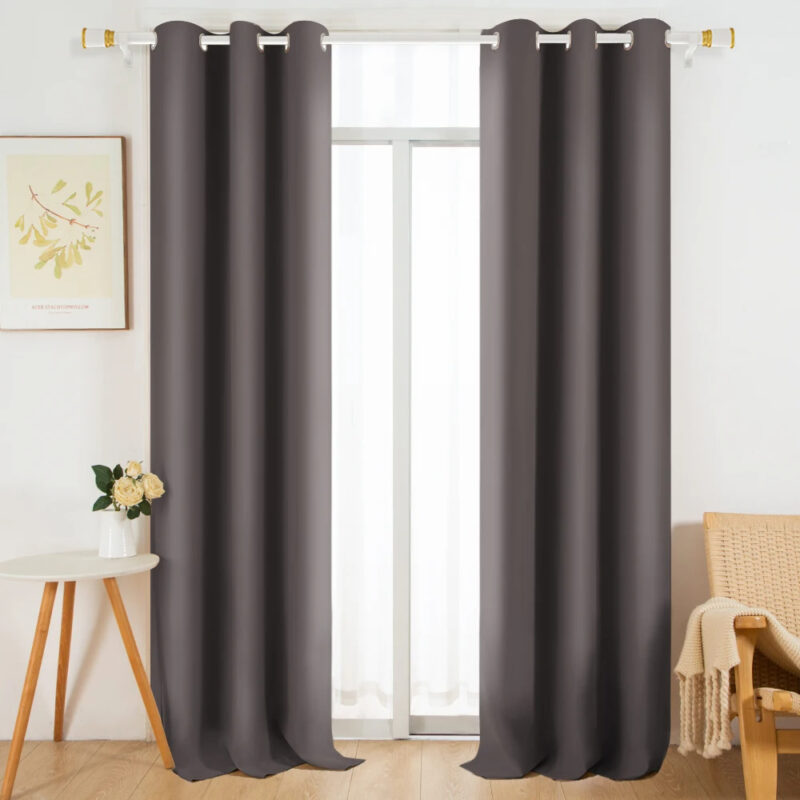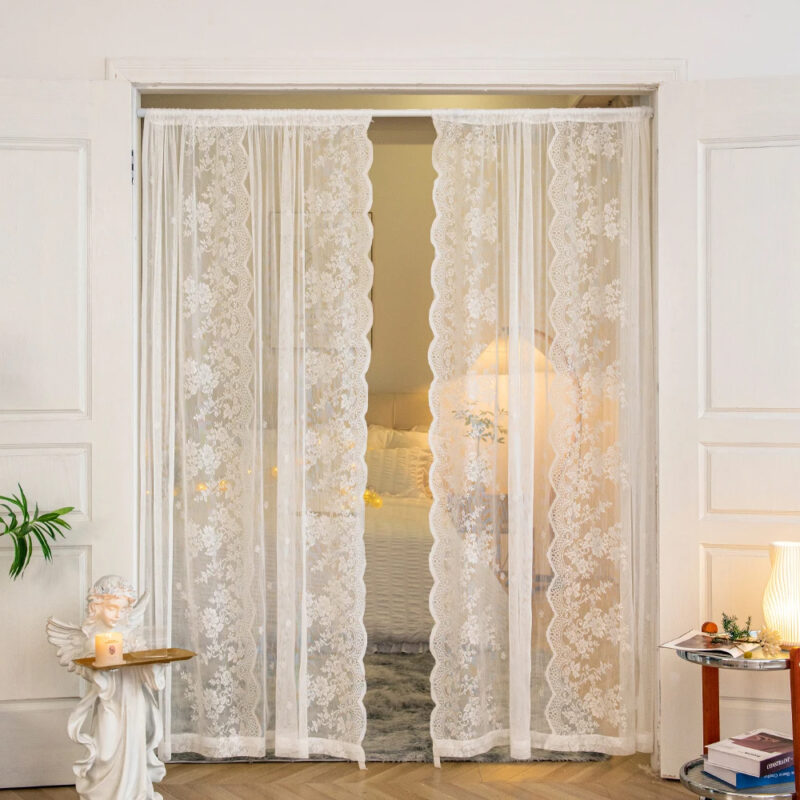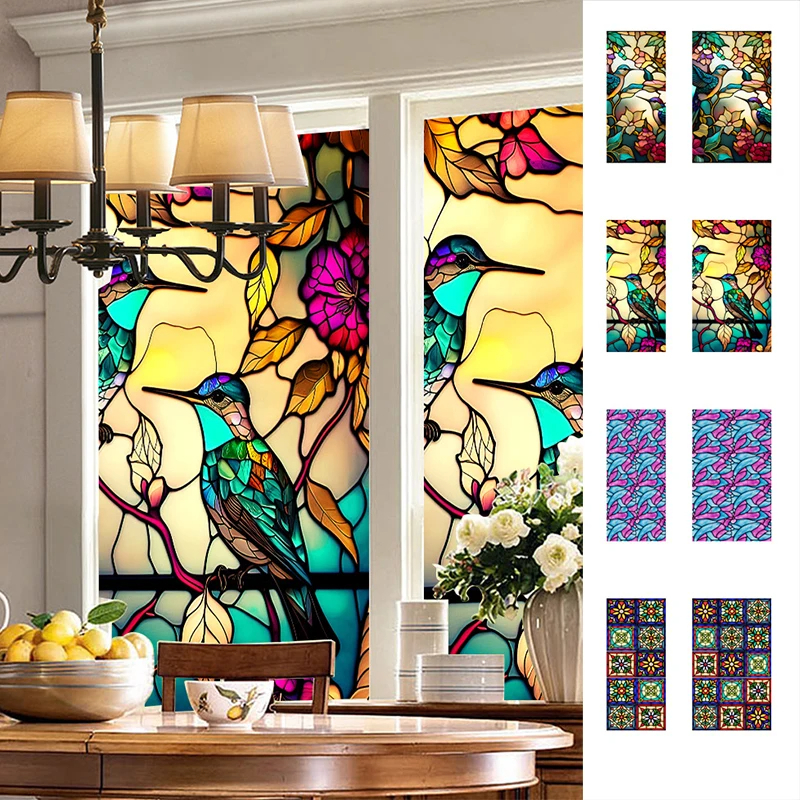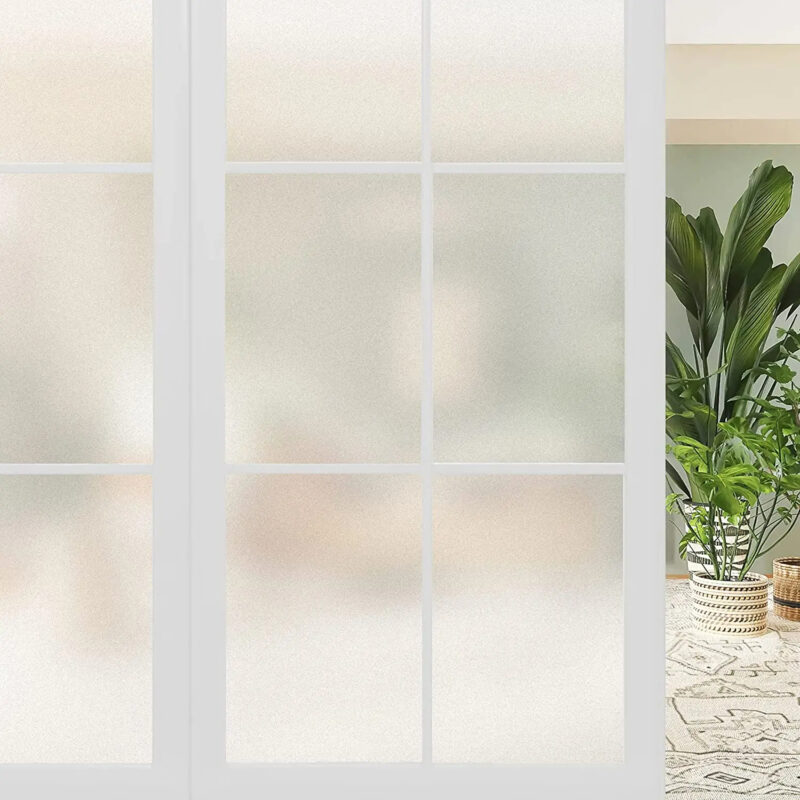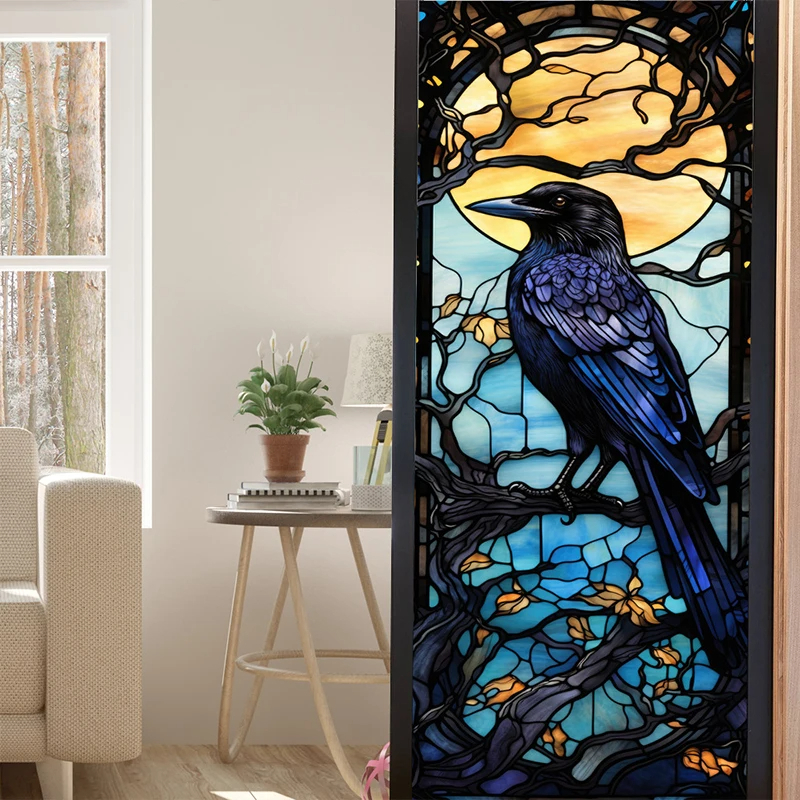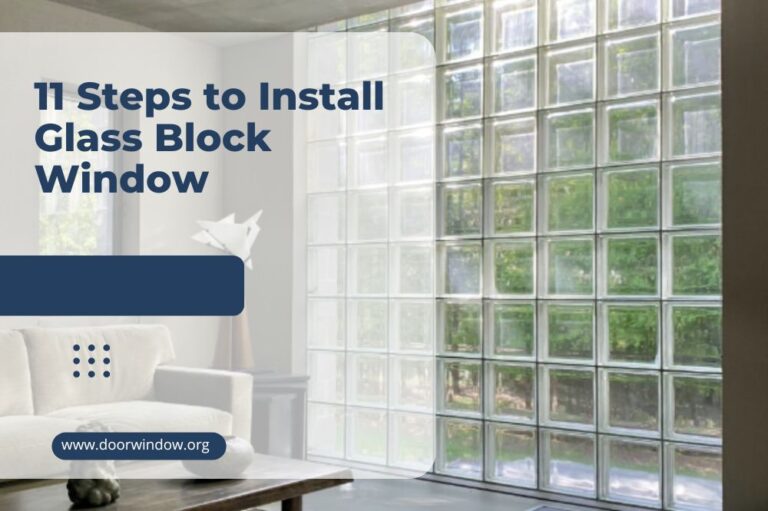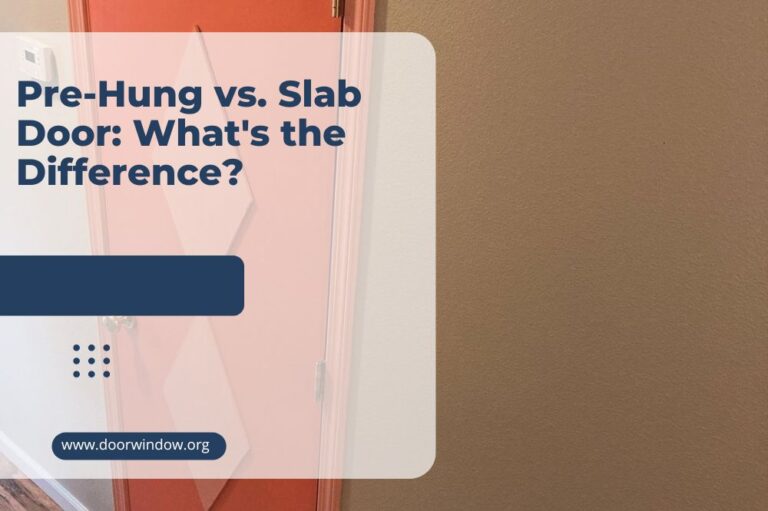Replacing Glass vs Replacing Whole Window: Which is Better?
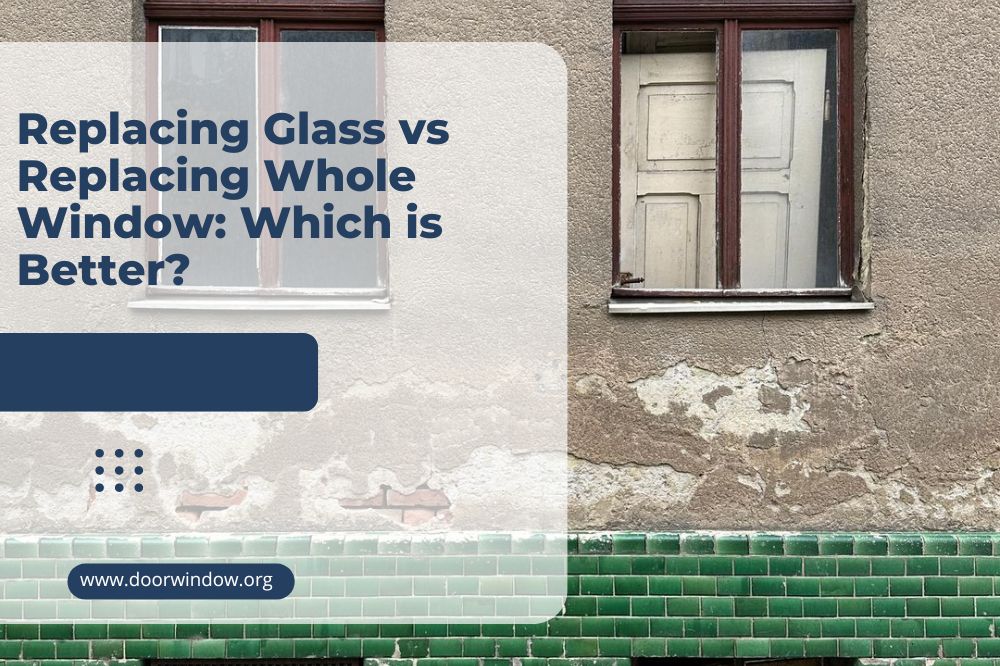
Is your glass window broken? Well, the options here are replacing glass vs. replacing the whole window.
Here, I’ll discuss and compare each method – so that you know which is the best long-term solution for your case.
Let’s begin!
Window Glass Replacement
As the name suggests, this process only replaces broken glass. This is recommended for cracked panes – but with otherwise undamaged window frames.
This may also be done if the sashes have aging-related frame cracks – as long as they don’t affect the window’s functionality.
Glass replacement is also recommended for maintaining historic windows. Centuries-old frames are valuable, so you don’t want to remove them just because of a shattered pane.
Many glass options are available, and you should consider them if you still have single-glazed glass. This is only one layer of glass, so it does not insulate well.
This is best replaced with double-glazed glass, which provides better insulation due to its two layers. Another option is the tempered/impact-resistant, which crumbles instead of shattering. It’s a safer option, especially if you live in a hurricane-prone area.
Whole Window Replacement
Whereas the former only involves glass, this process entails the installation of new replacement windows. This is recommended for cases where the window isn’t savable (or worth saving.)
New windows are often fitted with double-glazed or tempered glass in a double-pane or triple-pane orientation. Argon gas is pumped in between these layers to help with the window’s conductive properties.
The glass may also be fitted with low-emissivity coating. This feature allows light – while blocking heat from entering your home. Again, this feature can make your window more energy-efficient.
You can choose from various window replacement designs outside the above-mentioned glass options. These include:
- Double-hung windows, which have operable upper and lower sashes
- Single-hung windows, which only have a usable lower sash
- Sliding windows, which have panels that move horizontally
- Picture windows, which are fixed
- Glass block windows, which are set, thick, and shatter-proof
- Basement hopper windows, which are open on the top and hinged on the bottom
- Projection windows, which extend out the home from 10 to 45 degrees
- Casement windows, which are hinged on one end and pivoted on the other (for ventilation)
- Awning windows, which have top sashes that tilt from the base
- Storm windows, which add a layer of insulation to single-pane glass units
Homeowners may also choose from various window frame materials, such as:
- Vinyl, which is made from heat- and condensation-resistant PVC
- Aluminum, which is cheap, light, sturdy, and corrosion-resistant
- Wood, which prevents heat/cold conduction and condensation
- Clad wood, which is rot-resistant due to its aluminum jacket
- Fiberglass, which is solid and waterproof
Replacing Glass Vs. Replacing Whole Window: What’s the Difference?
Glass and window replacement are two different techniques. As to which is better, let’s take a look at the strong suits – and weaknesses – below.
1. Window State
Replacing the glass is a better choice if you have new energy-efficient windows. If a warranty covers it, you may get it replaced for cheap – free even.
For best results, choose an insulated-glass unit or IGU. It helps maintain temperature and humidity, to name a few. Therefore, it can help reduce condensation – while improving the air quality inside your home.
A full-frame replacement is a more favorable option if you’re thinking of completely upgrading your single-pane windows.
Likewise, a new window fitting is recommended if your old one is beset with the following problems:
- Condensation
- Substandard installation
- Poor insulation
- Obvious wear and tear
- Faulty locking mechanism
- Inoperable components despite extensive maintenance work
- Broken or cracked seals
- Corroded weather strips
- Rotting (as is common in wood versions)
- Mold growth
- Outdated or unattractive look
2. Skill Needed
For DIYers, replacing a glass pane is easier – granted you know how to measure, score, and install it correctly.
If you’re up to the challenge, then here’s how to replace your glass panes:
- Don protective eyewear and gloves.
- Remove the glazing with a putty knife (and dryer, in some cases.)
- Remove the remaining putty with a putty chaser, as needed.
- Apply tape in an X-orientation on both sides of the broken glass.
- Hammer on the broken glass with the other end of your putty knife.
- Lift out the shattered glass.
- Apply primer on the window pane and let it dry.
- Clean the replacement glass.
- Make the necessary measurements and mark them if the glass is not cut according to size.
- Score the glass with an oil-lubricated glass cutter.
- Place a dowel under the scored area.
- Press on the two sides to cut the glass.
- Apply glazing putty on the window frame lip.
- Install the glass and press it firmly to make a seal.
- Embed the glacier’s point to keep the glass in place.
- Apply glazing putty to weatherproof the glass.
- Apply caulking material. Let it dry before removing the excess caulk.
While these steps are doable, it’s best to have a professional replace your glass if your frame is made from wood or aluminum. As a beginner, you may do something wrong – and end up needing a new window altogether.
Similar to glass replacement, you can install/insert window replacement yourself.
- Measure the area where you’ll install the new window. Use these dimensions when ordering your replacement.
- Uninstall the broken window. Remove the jam with a Sawzall.
- Clean the window opening.
- Apply the flashing tape. Check if the sill is level.
- Dry-fit the new window.
- Apply caulk.
- Install the replacement window. Make sure that it is placed evenly.
- Fill the gaps with foam insulation.
- Measure the window opening and cut the sill adapter.
- Drill weep holes for adequate water draining.
- Install exterior trim and seal the edges with latex caulk.
If you aren’t confident in your skills – or if you don’t have the time to replace your broken glass or existing windows – then you should hire a professional to do it.
3. Project Duration
Glass replacement is best if you’re in a hurry. For one, panes of glass can be replaced in a day. And, even if you do it on your own, you will only probably need a few days tops.
Of course, a full window replacement takes longer – 3 to 5 weeks to be exact. And, should you decide to do it yourself, you may have to wait longer.
The extended waiting time often results from the unavailability of your preferred components, difficulty removing the window, etc.
4. Cost
Glass-only replacement is undoubtedly cheaper. According to Bob Vila, it will only cost you about $10 to $100 per square foot.
As usual, the cost may vary according to the type of glass, such as:
- Single-glazed: $3 to $6 per square foot
- Double-glazed: $10 to $14 per square foot
- Tempered/impact-resistant: $16 to $21 per square foot
Needless to say, if your window is a muntin (as is the case with wooden ones), you can save more because you only need to replace a single pane.
Window replacement cost, as expected, is more expensive. The fees are around $300 to $1,200.
Obviously, this cost can get even higher if you hire a professional to do it. According to experts, you will need to pay $300 to $3,000 to get a standard 3 by 5-foot window replaced.
Remember: Apart from the glass or window, you will also need to pay for other materials, such as caulk, tape, and paint.
And, if you decide to replace the windows by yourself, you’ll need to purchase power tools such as the Sawzall – unless you can borrow one from a mate.
5. Warranty
Both projects come with warranties. However, the glass replacement warranty is often shorter than that of window replacement. That’s why you need to read the fine line before you make a purchase!
6. Effect
Glass replacement is a short-term or band-aid fix, even if you have IGU panes installed. If your window is plagued with problems such as broken seals or corroded strips, simply replacing the glass won’t solve these issues.
And, while window replacement is costly, it is deemed a long-term solution. It’s an investment, for new double-pane windows can last for 20 years (or more, as long as you care for them the right way.)
Furthermore, their insulative properties can bring about significant energy savings.
Window replacement can help boost your home’s resale value as well, especially if your old ones are damaged or outdated. In fact, a report shows that new vinyl windows can yield a 73.4% return – while wood windows register a 70.8% return.
Conclusion
If you want to get rid of shattered window glass quickly and cheaply, a glass replacement is a way to go.
But if your window is highly problematic – and you want to make your windows more energy-efficient (and pleasing the eyes) – then a full replacement is recommended.
In the end, your situation – and needs – will dictate the best option.
Did you replace your glass or the entire window? What do you think is better? Weigh in on this debate below!

